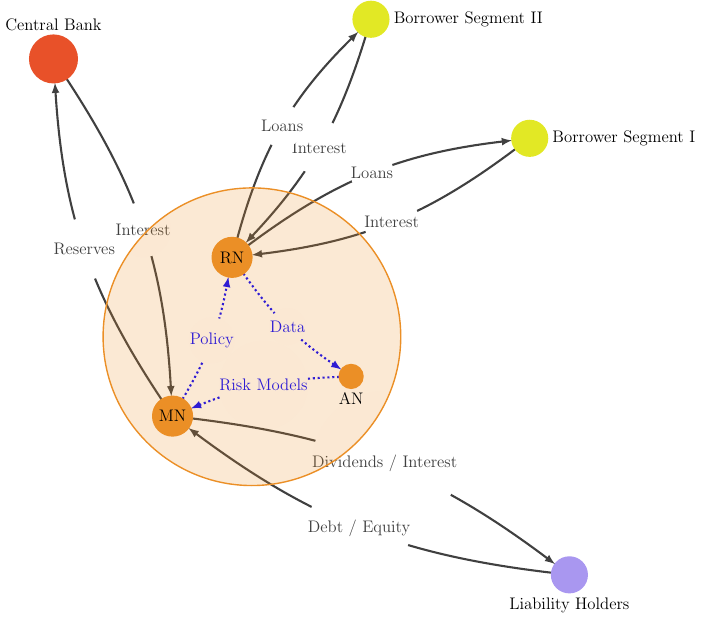In a new blog post we discuss the structure and role of taxonomies in financial services. Our age is increasingly dominated by the dual challenges and opportunities of the sustainability transition on the one hand, and digital transformation on the other. We witness emerging new financial domains with novel names such as Fintech , or TechFin, or various combinations and hues of Green and Sustainable in Sustainable Finance and we see forces that are reshaping the direction of travel for the financial industry.
Understanding where and how the broader Financial System will be affected by these developments is of no small interest. Stakeholders are effectively all users of Financial Products , which means practically every economically active actor! A good example of renewed focus on “taxonomic” thinking is the EU Sustainable Finance Taxonomy an EU-wide classification system that aims to determine whether an economic activity is environmentally sustainable. Current Financial Service providers, are also keenly interested, since such systemic developments can drastically reshape business models. Last but not least, financial regulators and policymakers have the heavy burden of ensuring that these emerging financial system adaptations are fit-for-purpose. In a fully digitized economic system old fences and firewalls may no longer be relevant.
The motivation for thinking about classifications and taxonomies comes
from the fact that analysing changing systems requires, at the outset,
insightful, objective descriptions of their past and present states. A financial system oriented taxonomy would be a categorization or classification of concepts associated with the broader economic phenomenon we call Financial Services.
A taxonomy or classification is typically a hierarchical structure in
which concepts (classes, or categories) are organized into groups or
types of increasing specificity.
In the post we discuss a large number of related taxonomy examples and distill some of the essential features required. This reading should be interesting to anybody interested in more holistic view of the financial system and its risks, or for those aim to understand the new forms of "unbundling" financial service provision.
